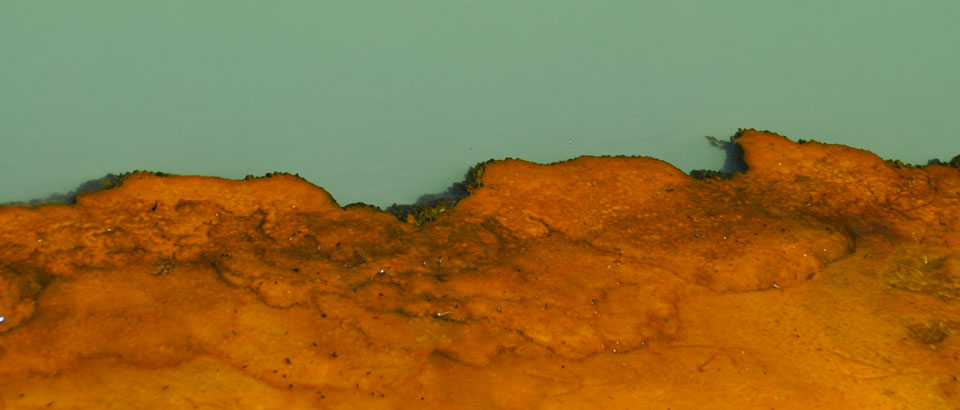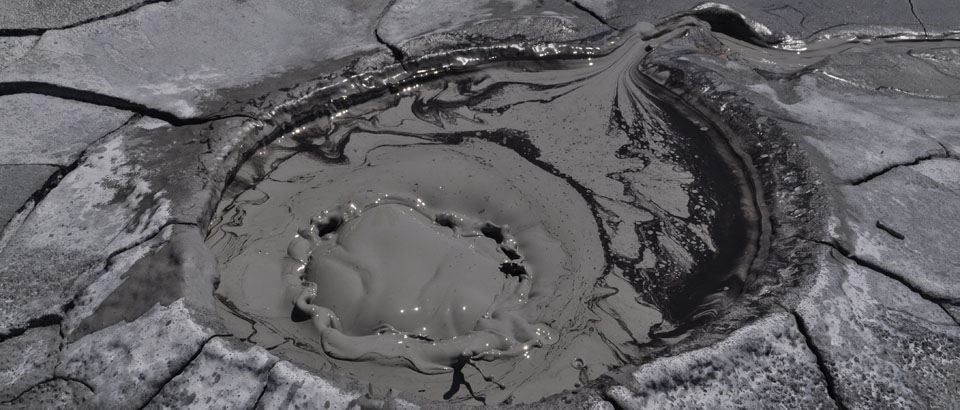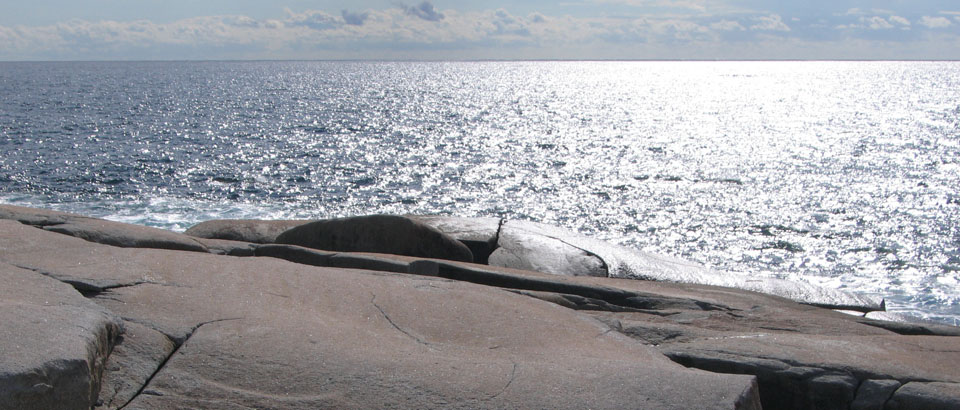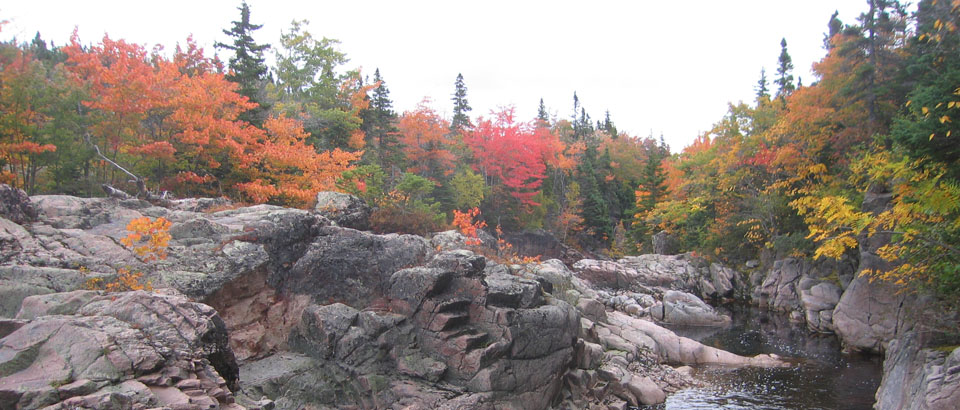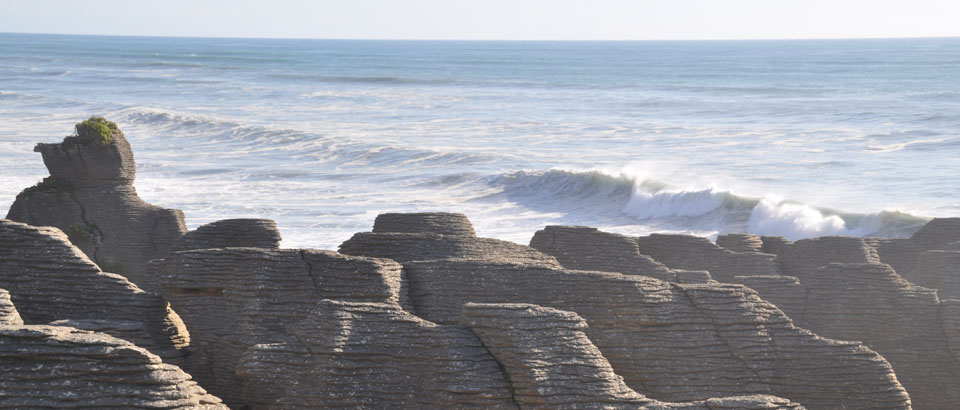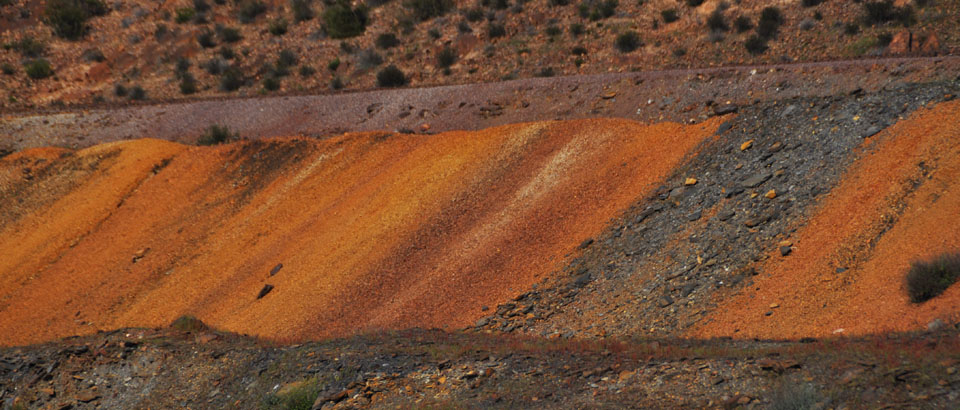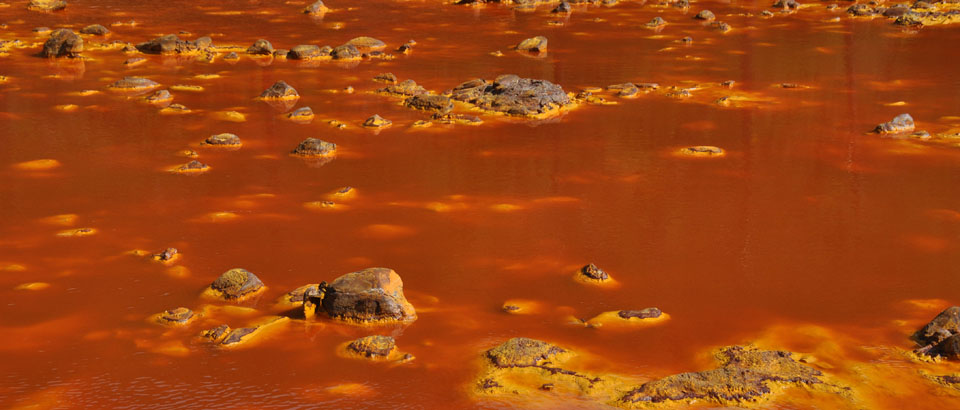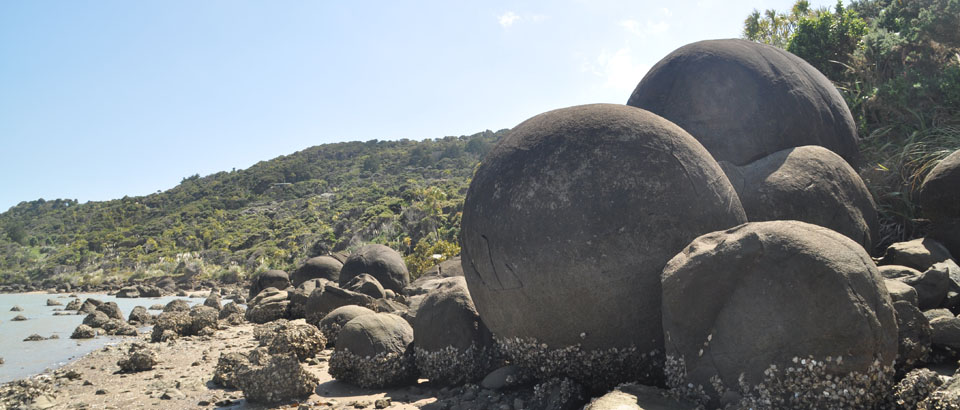New ideas on the Proterozoic-early Palaeozoic evolution of NW Iberia: Insights from U-Pb detrital zircon ages. J. Fernández-Suárez, G. Gutiérrez-Alonso, G.A. Jenner, M. Tubrett. 2000. Precambrian Research, 102, 185-206. DESCARGAR-DOWNLOAD.
RESUMEN-ABSTRACT
U–Pbages were obtained on single detritalzircon grains separated from six samples of Neoproterozoic and Lower Palaeozoic sedimentary and volcanosedimentary rocks from NW Iberia using the laser ablation microprobe-inductively coupled plasma mass spectrometry (LAM-ICP-MS) method. Precambrian greywackes yielded abundant zircons with Neoproterozoic (800–640 Ma) and Mesoproterozoic (0.9–1.2 Ga) ages, and a smaller proportion of Palaeoproterozoic (1.8–2 Ga) and Archaean zircons. Palaeozoic samples (Lower Cambrian and Ordovician) yielded abundant zircons with younger Neoproterozoic (ca. 550 and 620 Ma) and Mesoproterozoic (0.9–1.2 Ga) ages. Palaeoproterozoic (1.8–2 Ga) and Archaean zircons were also found. This data set, used in conjuction with previous paleogeographic and isotopic studies sheds new light on the Precambrian-earlyPalaeozoicevolution of NW Iberia and is consistent with the following sequence of events: (1) Early Cadomian-Avalonian subduction and arc construction (ca. 800–640 Ma). This magmatic episode created the main arc edifice (Avalonia); (2) full development of a back arc basin upon which the Neoproterozoic sediments were deposited (ca. 640–600 Ma). The combined U–Pbages of detritalzircons and Nd isotopic features of these sedimenary rocks suggest that they were mostly shed from the main magmatic arc. On the basis of the presence of Grenvillian agedetritalzircons with short waterborne transport before incorporation in the sediment, we propose that the basin was possibly located in a peri-Amazonian realm close to West Avalonian terranes. These basins were developed upon a cratonic basement that possibly involved both Grenvillian (ca. 0.9–1.2 Ga) and Transamazonian (ca. 1.9–2.1) igneous rocks. The reported zirconages suggest a long-lived subduction, starting at ca. 800 Ma and terminated by ca. 580–570 Ma with no geological record of a final collision event; (3) the continuation of extension gave rise to the undocking of Avalonia from the back-arc. Detritalzirconages in Lowermost Cambrian strata suggest that the main arc edifice had drifted away by ca. 550–540 Ma and was no longer shedding detritus into the back-arc basin. (4) During the Lower Ordovician, further extension of an already thinned crust gave rise to the Lower Ordovician ‘Ollo de Sapo’ magmatic event (ca. 480 Ma). Coeval volcanism in neighbouring areas displaying within-plate geochemical signatures is consistent with an extensional setting for the generation of the Lower Ordovician igneous and sedimentary rocks. Detritalzirconages and Nd isotopic features of the Ordovician greywackes reflect both an increase in the contribution from older crustal components and the addition of newly accreted crust. A progressively thinning crust is a likely scenario that would explain the simultaneous exhumation of lower crustal (Grenvillian+Transamazonian/Icartian) material and the generation of coeval magmatism. This latter scenario is consistent with models proposed for other circum-North Atlantic Avalonian-Cadomian terranes where repeated episodes of melting occurred in response to subduction and subsequent rifting events.


